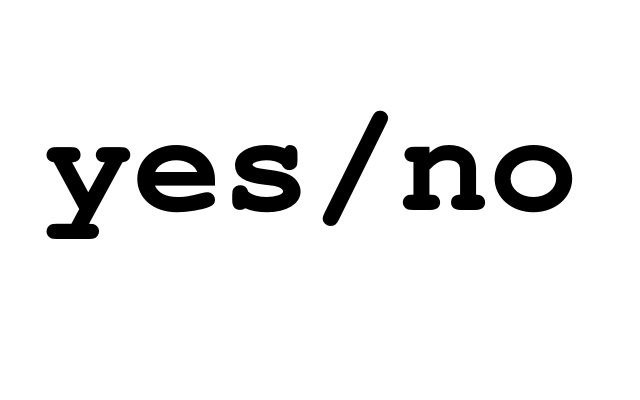At London Contact improvisation on 17 March, Nicole Binder led a class about consent. One of the exercises in the class is taken from Theatre of the Oppressed
It’s a simple exercise for a duet. One person takes the role of a statue, and they adopt a frieze. Their partner moves around them and into their space almost touching them. The mover stops and also adopts a frieze. The statue person then says ‘yes’ or ‘no’.
- If it’s a YES response then the roles are swapped and the partner who was the statue becomes the mover and the other becomes the statue.
- If it’s a NO response then the moving partner must move to a new shape/space and frieze.
Repeat this sequence until the end of the exercise. Simple! Subsequently, we can extend the dance with contact and weight sharing.
I try this exercise with a partner – someone with whom I’ve danced before – and it is a pleasant dance experience. We complete it without comment to each other: except yes or no! It’s typical of movement activities in these classes at London Contact Improvisation.
An interesting aspect of this dance exercise is that it requires pausing and waiting for our partner to say yes or no. The rhythm of dancing is formed through the protocol of waiting for a response. It is moving (dancing) and non-moving (waiting); saying – (yes or no); and non-saying (while dancing). Only the person who has the role of the statue speaks: yes or no.
Consent or not consent?
Is this an exercise about consent? Or is it a dance and we’re dancing?! In a way, non-consent can only be shown by one of the partners choosing not to co-operate and possibly walking away. Further, would that show non-consent to the teacher through not participating in the exercise or non-consent to the dance partner? There are lots of metaphysical levels to this simple exercise which we don’t explore.
At the feedback session** then it is said that a ‘non acceptance’ response – no, does not cause much offence. Another person comments similarly that the yes and no are largely devoid of any sense of rejection or hurt. Interestingly, no one reports cheating, and indeed what would cheating mean in this ‘game‘? Equally, no one says they walked out or refused to participate. There is broad acceptance.
Select out
What can we conclude from this exercise? We should remember that those attending this class and session of London Contact improvisation are self-selecting. i.e. attendance is voluntary and those that don’t like contact improvisation select-out. Could the exercise be considered a boundary setting excercise rather than one about consent? Possibly although boundaries, limits, ‘pushing the boundaries’ is not discussed or encouraged. But once again, the background is that people attending expect and enact close physical contact in this particular dance and movement practice, otherwise they select out.
Conclusion
To conclude: For those attending, this exercise does not significantly deviate from their normal movement practice and it does not challenge their notions of accepted practice. There is a high level of conformity.
Notes
** The feedback session was all the people in the class sat on the floor in a circle being asked questions/ discussing. This structure is known as one where people who disagree would not necessarily speak up.
Nicole Bindler is the Founder and Director of The Institute for Somatics and Social Justice. www.somaticsandsocialjustice.org
The publicity from London Contact improvisation for Nicole Bindler’s class read –
17th March class is led by Nicole Bindler:
contact improvisation for people who love, hate, or love/hate touch
I often hear from some of my favorite dancers that they love Contact Improv, but they avoid classes because they’re afraid of getting stuck with one incompatible partner for too long. What if we could repattern the idea of a CI class from a place where we must touch everyone to a place where we get to decide at any given moment who and how we touch?
This class is for regular CI practitioners to learn innovative ways to communicate and understand consent, and for trepidatious attendees to dance in community without a sense of obligation. We’ll do a partnering skills score in which everyone can decide how much they want to practice the techniques vs. witness, and we’ll explore how to transition between solo, partner, and ensemble dancing using Body-Mind Centering® tools as inspiration for our movement ideas.
